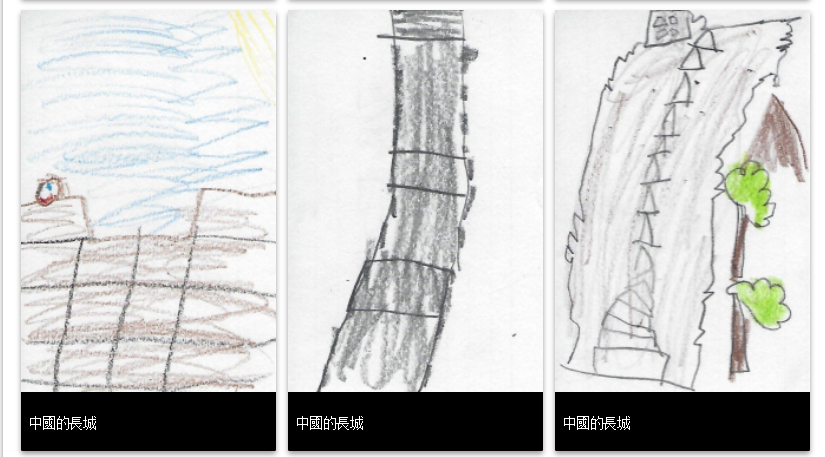This lesson is for : Grade 5:
Summary
Social media is a great way to stay connected with friends and communicate with people around the world. Imagine if social media, like Twitter, Instagram, and Facebook, existed in the past! Fifth graders at Davis Elementary imagined what people who lived during World War II would post to social media. They read Number the Stars by Lois Lowry together as a class and discussed text connections (SOL5.5). Then they formed Literature Circles around book choices based on WWII. Choices were: I Survived the Nazi Invasion, I Survived Pearl Harbor, Someone Named Eva, Yellow Star, and Milkweed. After reading their books, they met with the librarian to discuss similarities between their Literature Circle book and Number the Stars, including characters, setting, events, etc. Then students planned conversations between a character from each story. Their teacher reviewed their ideas and gave them suggestions. Next they chose a type of social media from three templates and typed the conversations. They also added photos and other details specific to the type of social media they chose (biography, friends, etc). Finally, they published their projects to Google classroom so parents and classmates could read them. See student samples and the templates: https://drive.google.com/folderview?id=0BykgMgzq4lmwQUw1eXFGMlNMRXc&usp=sharing
TIPC Ratings
Research & Information Fluency
Rating: Developing – Explanation: Students’ research consisted of reading and analyzing two books that took place during WWII. They developed their own questions based on the events in the stories. They chose from three social media templates to present their conversation between characters from each book. To rate higher, students could have selected their own digital resources for presenting the conversation. They could have evaluated the accuracy of their sources.
Communication & Collaboration
Rating: Approaching – Explanation: Students chose their own groups for the Literature Circles, and they collaborated with each other as they discussed similarities between the two stories. They shared their projects online so they could receive feedback from not only their classmates, but from an audience beyond the classroom. To rate higher, students could have collaborated with experts from the Holocaust museum to discuss how real WWII survivors communicated, and they could have reflected on their group roles after the project was over.
Critical Thinking & Problem Solving
Rating: Approaching – Explanation: Students had to use what they learned about the characters and the historical setting to predict what those characters would say in a new situation. Students had to select details (photos and friend lists) that accurately reflected the story and the time period. To rate higher, students could have justified their decisions about which details to include in the conversations, and they could have chosen their own digital tools for the presentation.
Creativity & Innovation
Rating: Approaching – Explanation: Students generated their own unique conversations between characters based on the actual stories. Students could choose which type of social media to use and how to embellish it with interesting details. To rate higher, students could have taken risks and gone beyond the assignment in creative new ways. They could have reflected on the creative process with a rubric.






